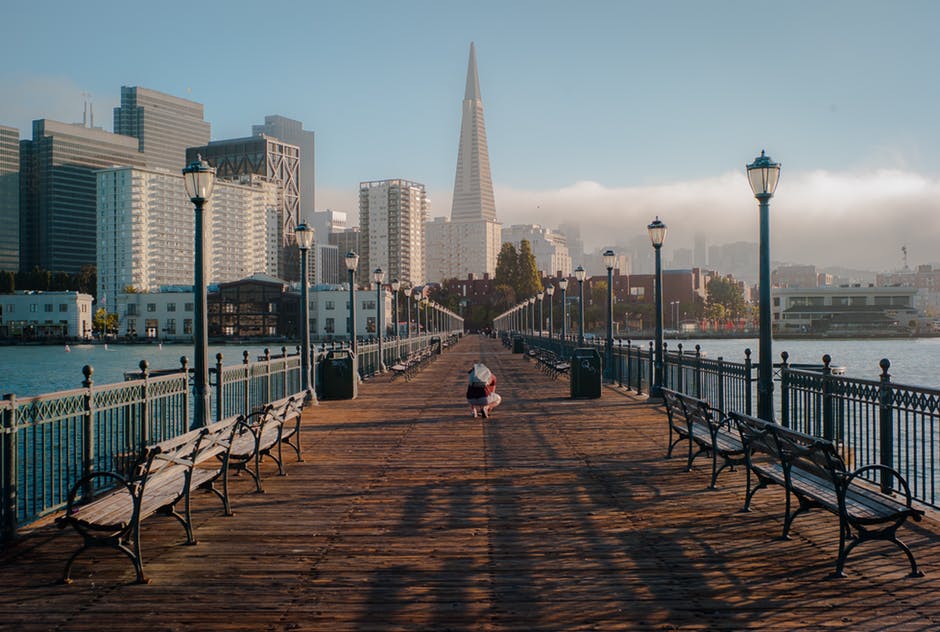
San Francisco’s infamous leaning tower, while lacking the allure of the more famous one in Pisa, Italy, has nonetheless become a national curiosity. Completed in 2008, the building was constructed on landfill. While many of the buildings comprising San Francisco’s skyline are also constructed on reclaimed land, the usual practice is to rest their foundations on bedrock. San Francisco’s leaning tower lawsuits say this was not the case for the Millennium Tower, located at 310 Mission Street in downtown San Francisco.
At 58 stories, the tower is the tallest residential building in The City. Its concrete slab foundation rests on concrete friction piles, which are driven into mud and sand. The more common method used in this area is end-bearing piles, which are driven into the bedrock. However, this would have required Millennium Tower’s construction company to drill an additional 200 feet into the earth to employ this type of foundation.
Because of the region’s unique geology, property management in San Francisco can entail some very specific issues, including seismic safety. Since its completion, the building has sunk some 16 inches and has developed a tilt of two inches to the northwest.
Experts say if this is left unchecked it will eventually lead to malfunctioning elevators, cracking walls and other untoward issues such as sewer system malfunctions. Already, cracks are starting to appear in the building’s underground parking garage. One structural engineer has suggested the building could eventually sink by as much as 31 inches, which would place the building under an immense amount of strain.
With penthouses in the building going for as much as $10 million, predictably, lawsuits are swirling all about the issue. Homeowners have filed a suit against the Transbay Joint Powers Authority, alleging the construction of the new San Francisco Transbay Transit Center next door undermined the foundation of the building. The tower’s builders say excavation for the construction of a half-mile tunnel 60 feet underground compromised the building, which they say had been settling within normal range until that work began.
Meanwhile, the Transit Authority maintains it conducted a study in 2010, before it started work, showed the building had already settled 10 inches, which was four inches more than its builders had predicted for the entire lifetime of the structure. Over the ensuing six years, the tower has continued to settle and is now more than 16 inches deeper into the earth than it was when it was completed.
The homeowners have filed an additional lawsuit against the tower’s builders, the San Francisco’s Department of Building Inspection, the City Attorney and the Transbay Joint Powers Authority. This suit alleges a conspiracy by the defendants to withhold information about the building’s sinking issue. The plaintiffs say the Department of Building Inspection knew about the problem in February of 2009, before homeowners moved in, but failed to take action to protect them. It also cites the failure of the department to order an independent peer review of the building’s foundation. Ultimately, the suit claims collusion existed between the agencies and the builders to keep information about the building’s potential deficiencies hidden from buyers.
In a city flush with cash from the technology boom and rife with dollars from foreign investment in real estate, there has been a rush to build. Many question the wisdom of situating such massive structures on landfill and cite the Millennium Tower as an example of what can happen when greed overtakes common sense.
Meanwhile, homeowners can only watch as their investments sink into the soft soils bordering San Francisco Bay. Pontential solutions are unclear. Structural engineers say it may be possible to pump cement beneath the base of the building and drill new piles. However, this very complex and expensive undertaking is unlikely to begin until all of San Francisco’s leaning tower lawsuits are settled.